Monday, 29th
We arrive at Twee Rivieren at midday in 39℃ heat. It is difficult to imagine how anything can survive in this harsh landscape, but survive they do and actually flourish. I first came to Twee Rivieren as part of a school tour in 1964. Of course then the camp was much more rustic but what is now strikingly different is that the sand dunes are covered in bush and grass. Then bare, shifting, red sand backed onto the camp.
By 4pm the temperature has barely dropped but the photographic light improves so Steven and I sally forth. They have a system here by which one is given a card which one collects from the gate guard and then returns it when one comes back at dusk which is a good idea as being stranded on a desolate road can have dire consequences in the midday heat. What quickly becomes apparent to Steven and I is that the staff at Kgalagadi are sticklers for petty rules. Thus handing over one’s card to the gate guard in the midday heat leads to a severe reprimand for not wearing one’s Covid mask on and one’s shirt must be worn at all times because “we are professional here”.
We head for Samevoeling, which is the confluence of the dry Auob and Nossob rivers some 4km north of the camp. On my last visit here in 2014 we had a lovely show from a Pygmy Falcon and today with the help of the bird caller a pair arrive – much to Steven’s delight.
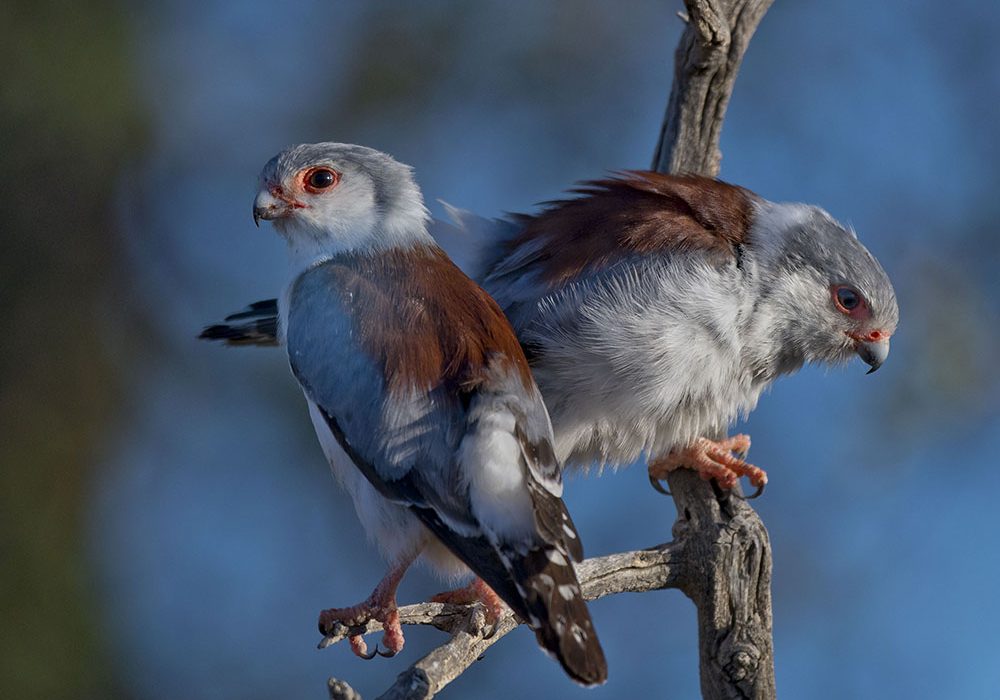
The wildlife at Kgalagadi largely survives through a series of boreholes and drinking troughs which are scattered at intervals up the Auob and Nossob river beds. These boreholes were drilled over a hundred years ago to enable the SA troops to move along the river beds prior to the invasion of then German South West Africa. Artificial they may be but one is now very grateful for them in that they attract so many birds and animals.
The water trough at Samevloeing therefore seethes with flocks of birds and some animals. Nearby in the Nossob river bed is a vast expanse of bare level ground – ideal as a hunting ground for a pair of young Lanner Falcons.
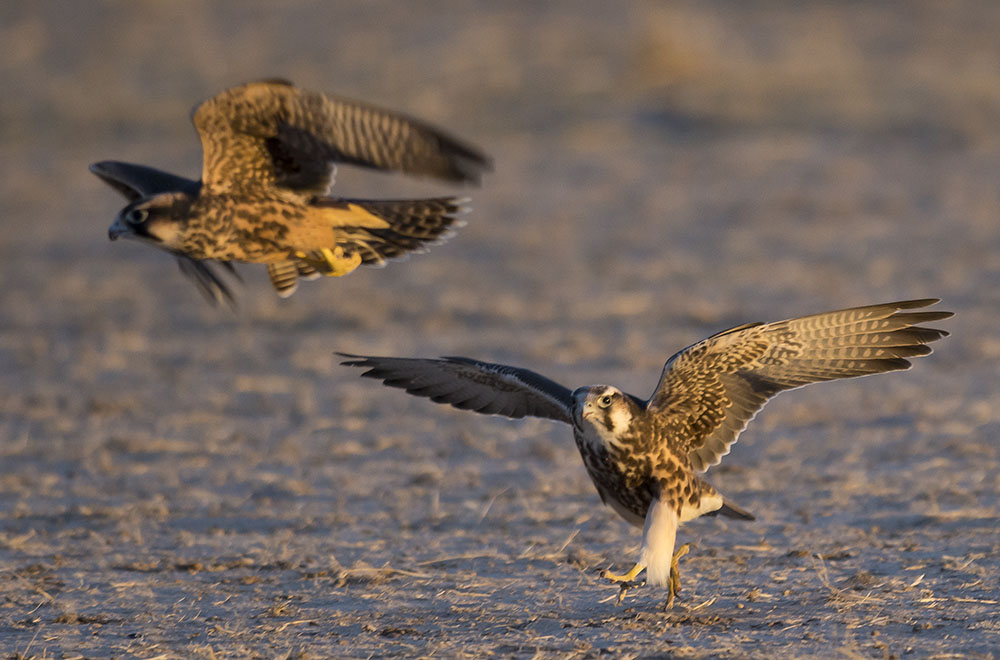
The three days we spend at Twee Rivieren follow a pattern. Each day the midday temperature soars to about 40℃ and we are forced to retreat to our chalet in camp by 9am. Steven and I are keen to photograph some special larks along the “Dune Road” which meanders through the dunes at the bottom end of the road leading to Mata-Mata. But the dry grass is so dense that we struggle to find anything out in the open.
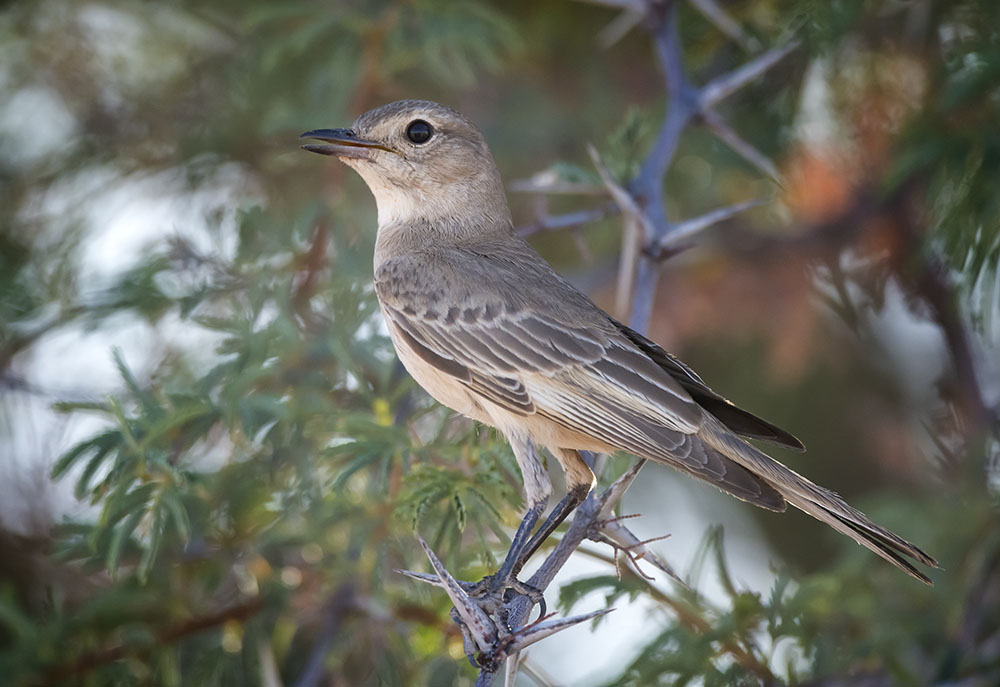
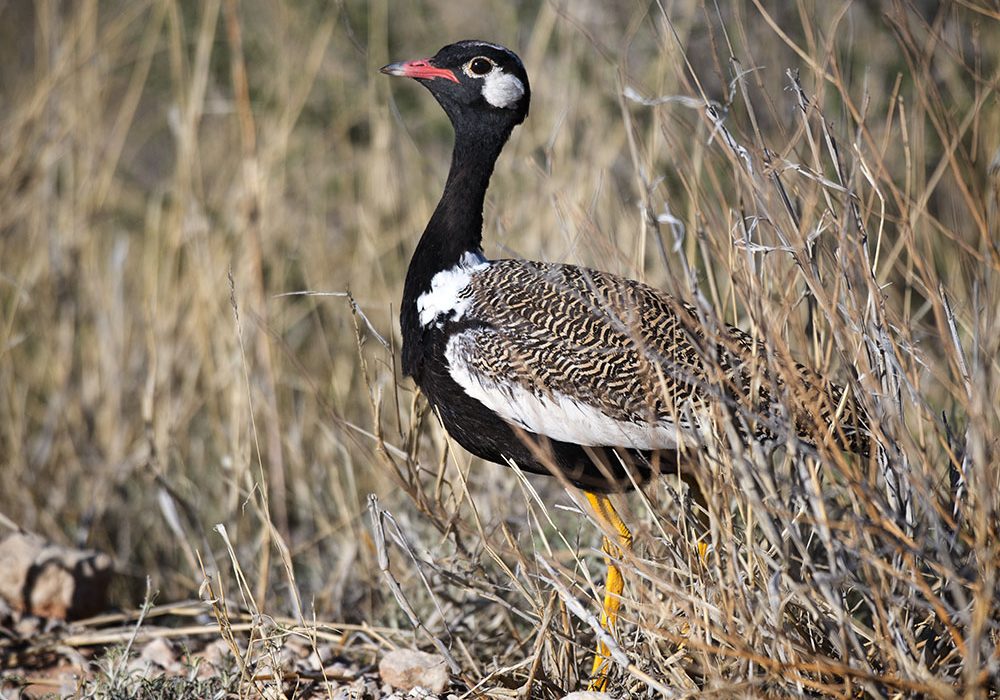
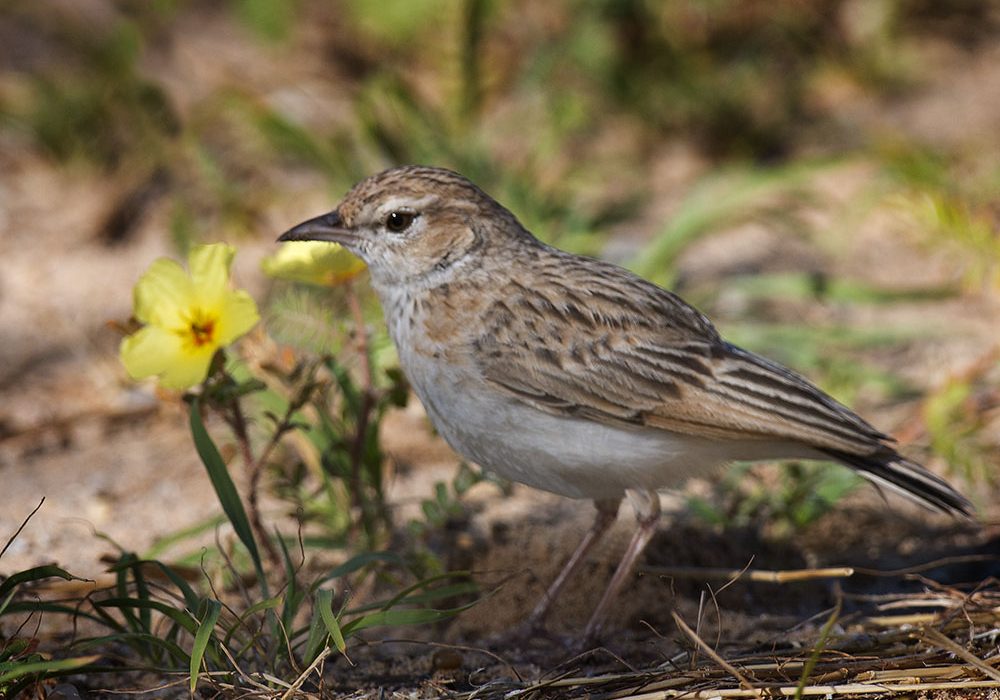
Returning to camp on the first day, I am met by two stern Park officials who reprimand me for putting out a dish of water outside our chalet hoping to attract some waxbills. Somehow my “upsetting of the Park’s ecology” doesn’t quite tally with the artificial waterpoints on which the park survives as well as the odd dripping tap and leaking drain. So petty officialdom is alive and well in Kgalagadi.
Kgalagadi seems to be filled with owls which are commonly seen roosting by day and around the camp by night.
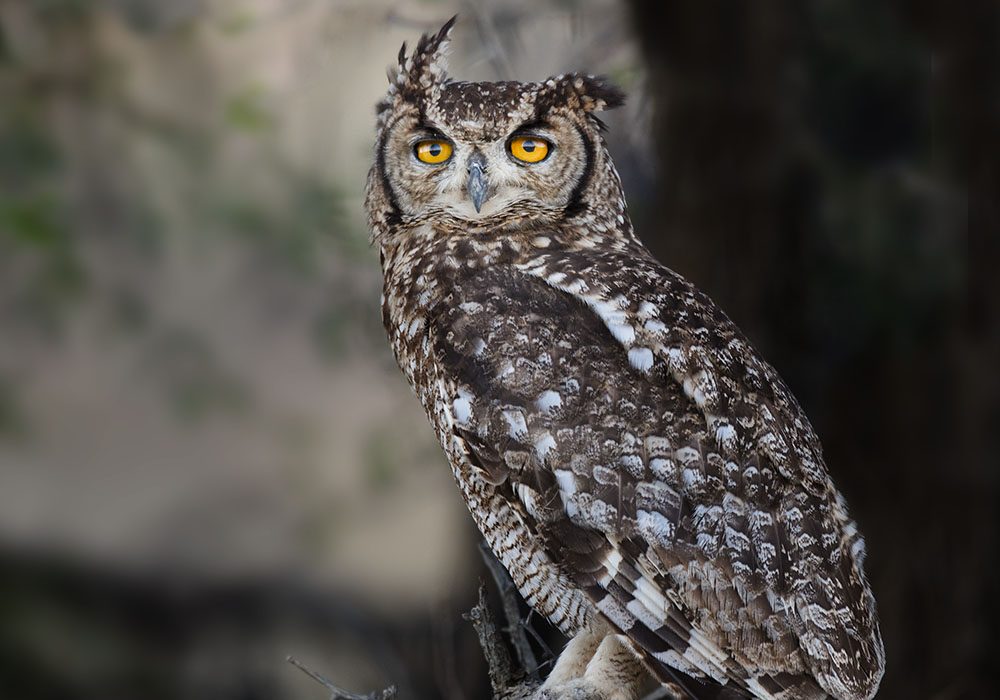
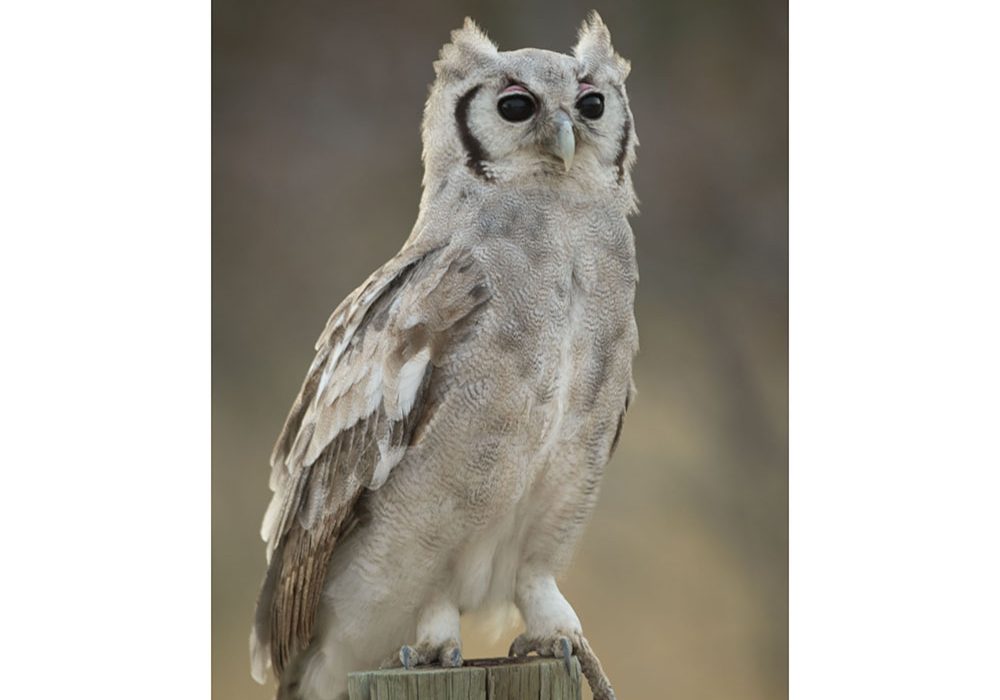
One afternoon at the Samevloeing water trough we come across three adult Common Ostriches and over 53 youngsters drinking – a most remarkable sight.
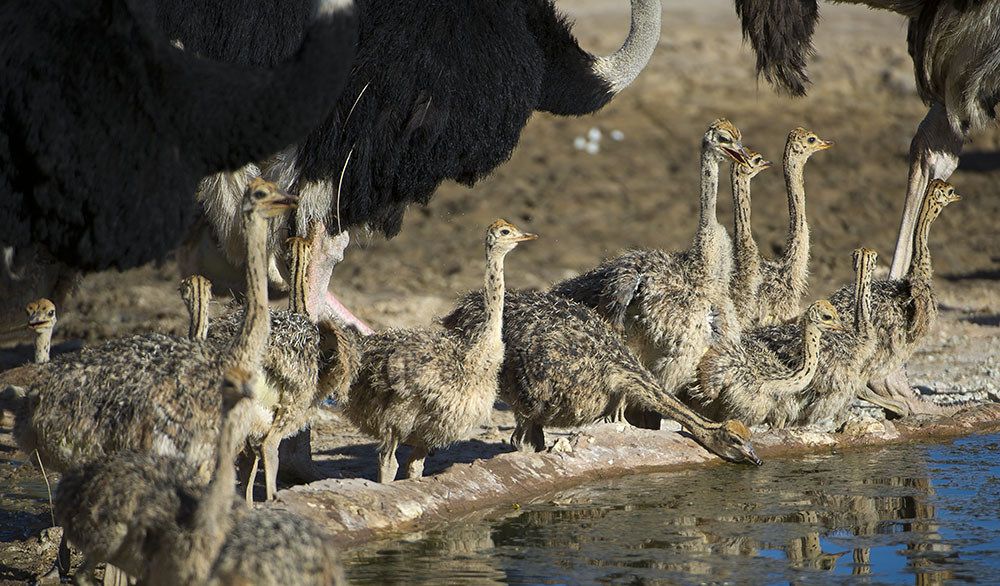
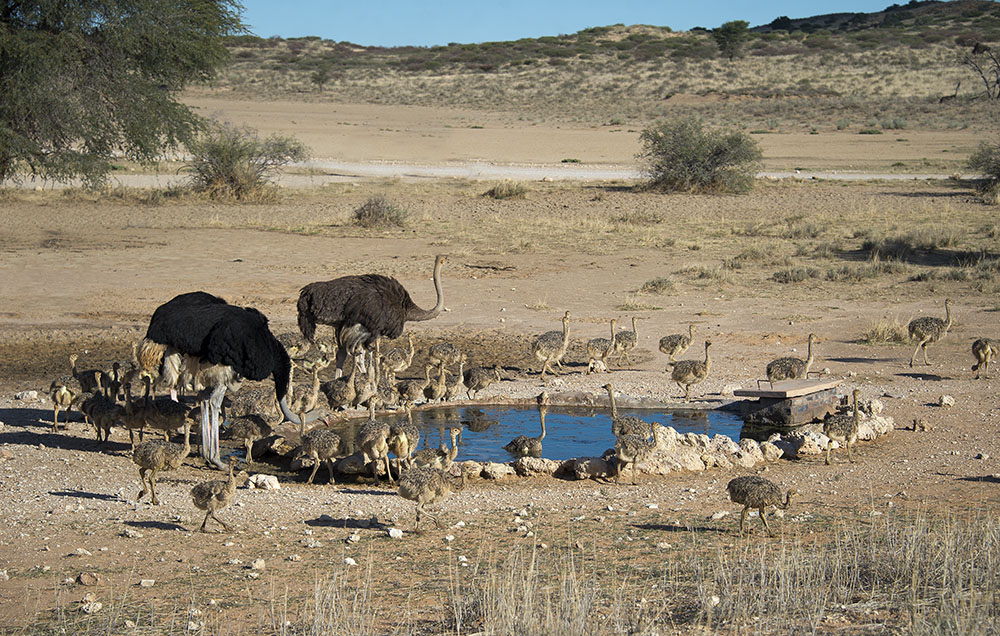
The amazing thing about this desolate part of the world is that one does not have to go far before one comes across something of interest be it bird or animal.
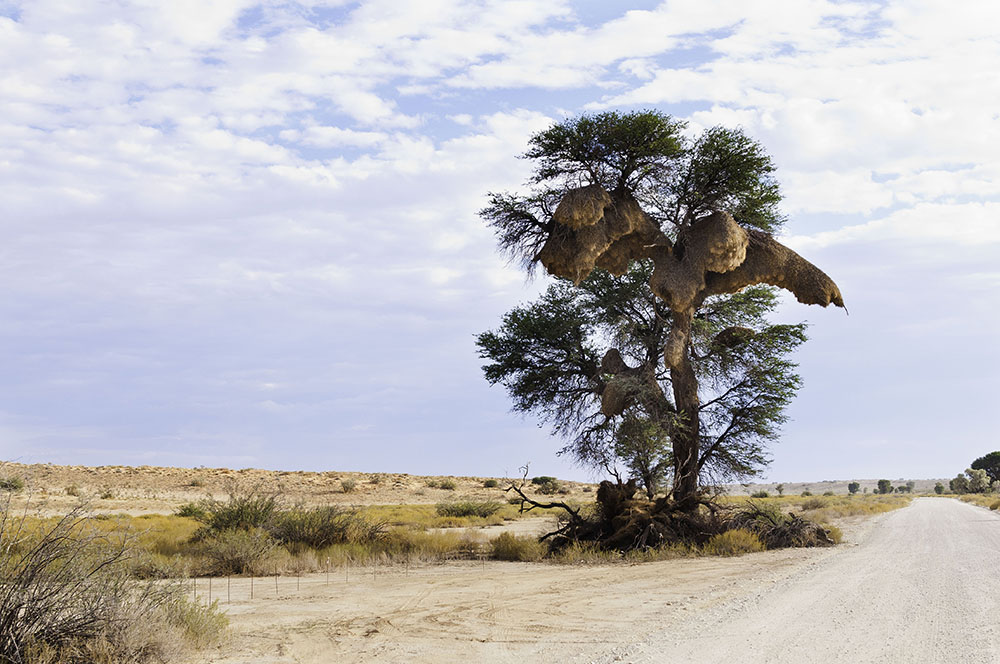
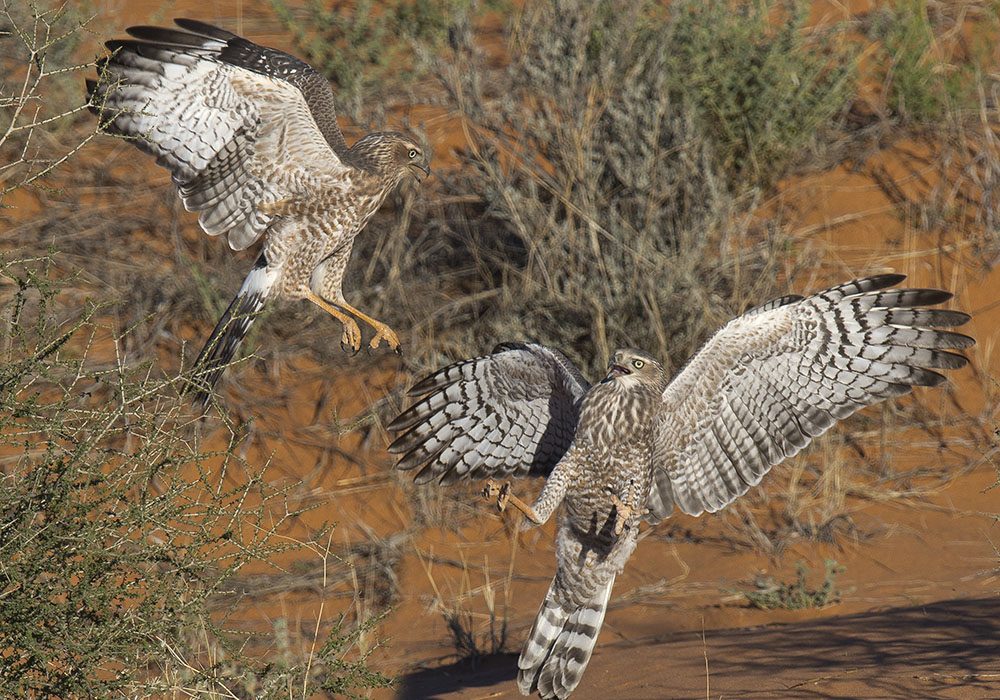
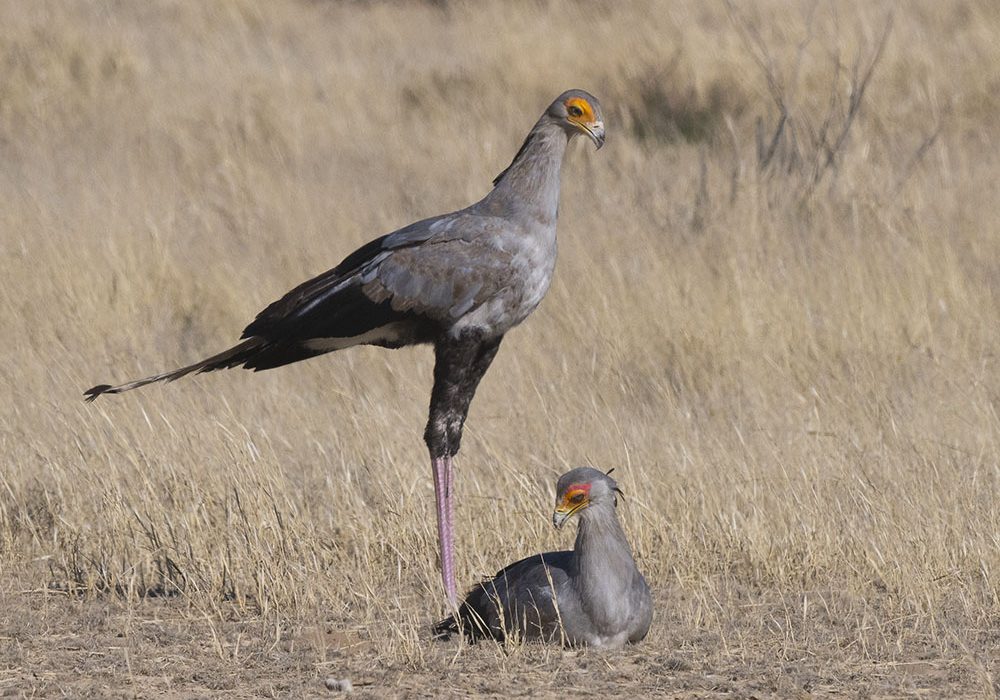
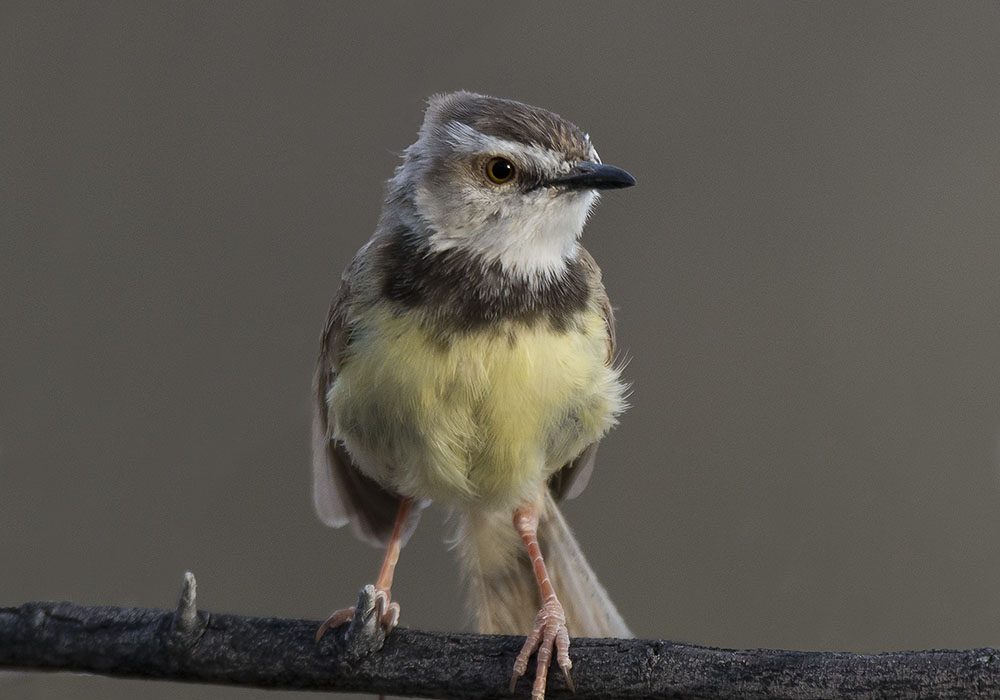
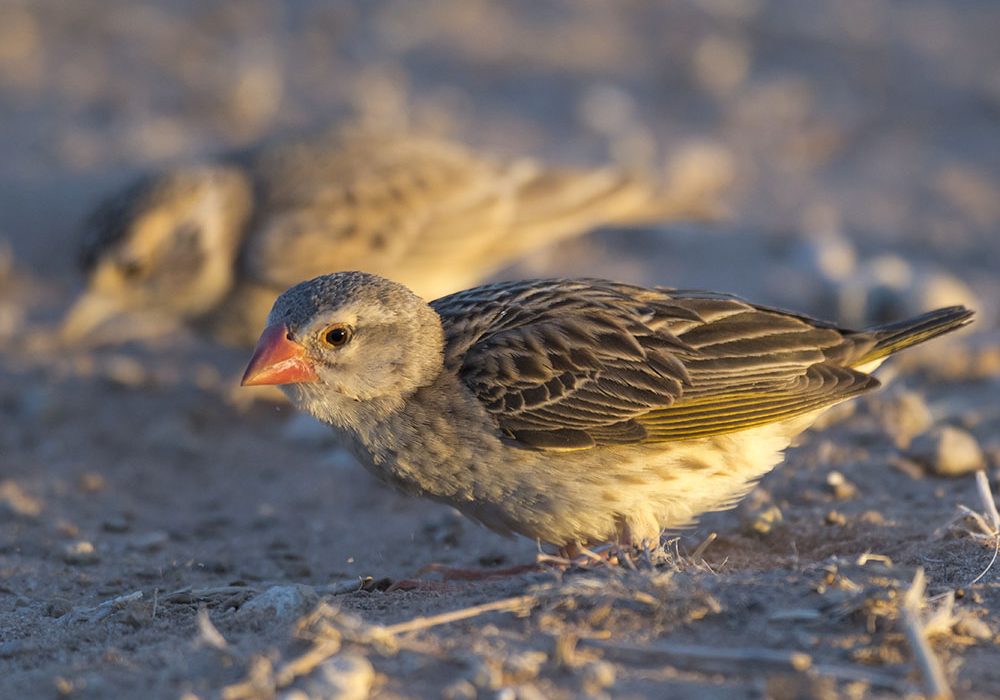
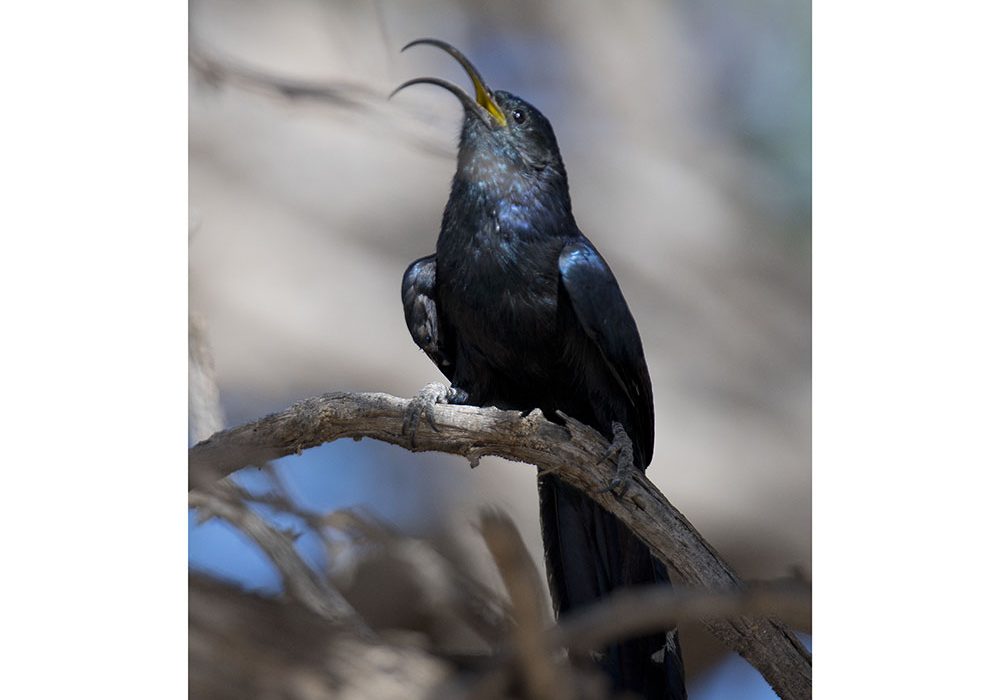
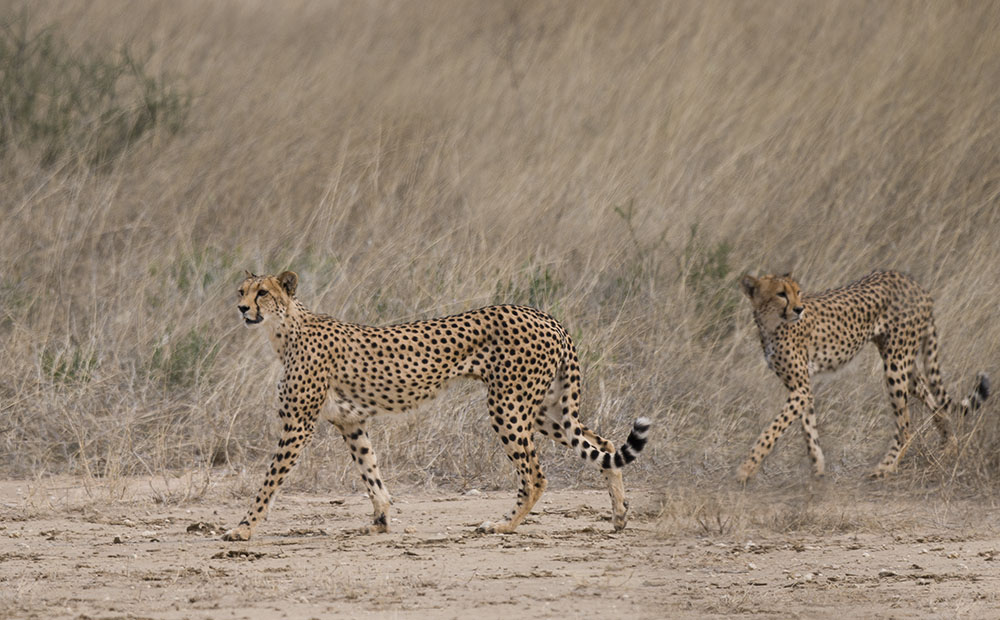
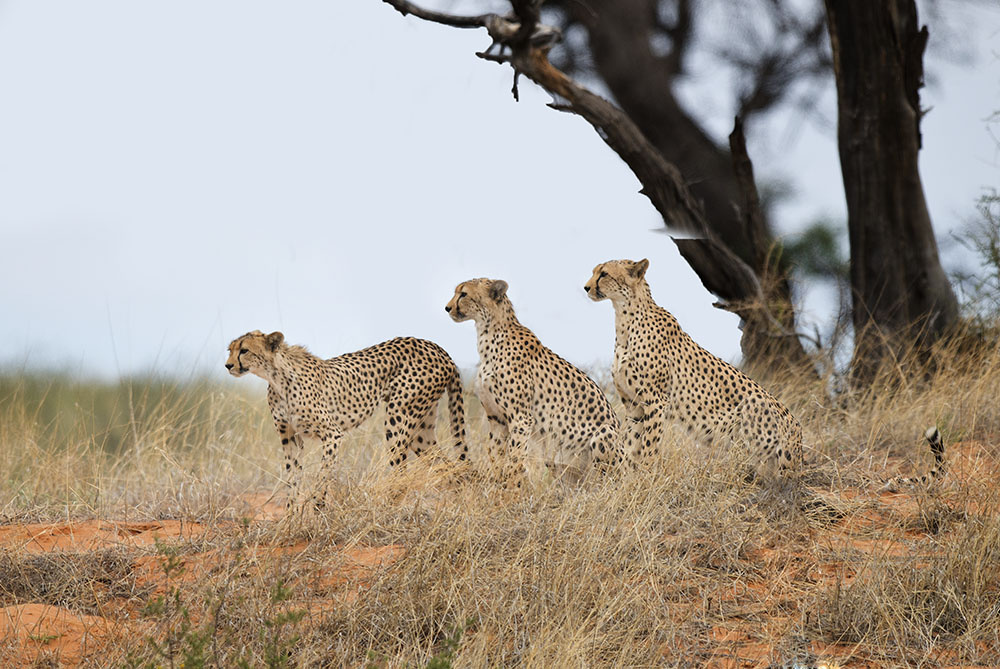
After three hot but interesting days at Twee Rivieren, Steven and I pack our bags and head to Nossob camp – 160kms up the Nossob River. One follows the riverbed throughout, past a series of waterpoints. We begin slowly and then speed up as the temperature rises and the photographic opportunities diminish.
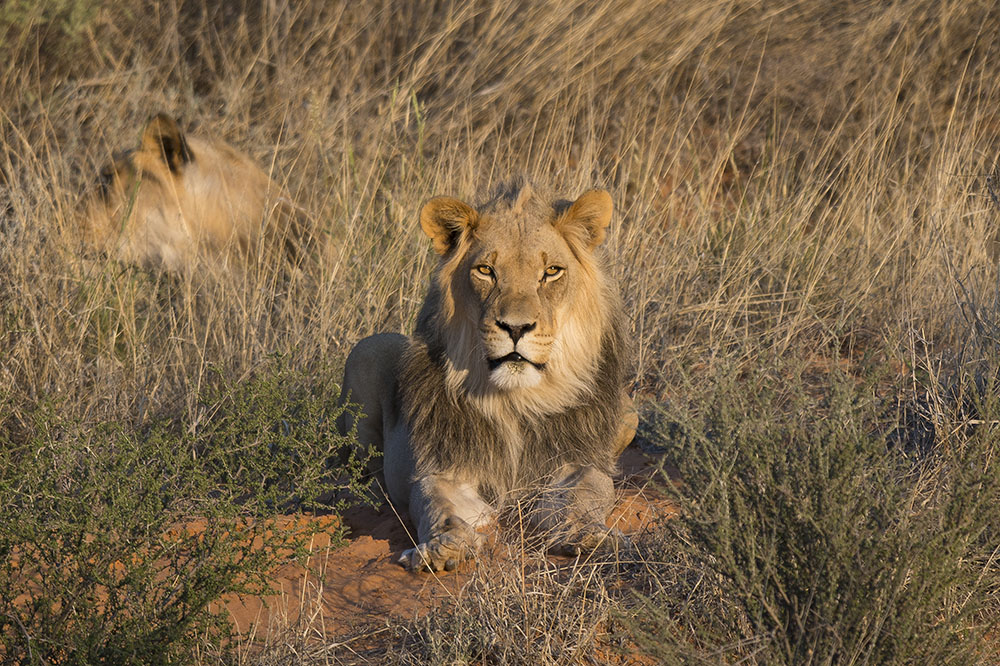
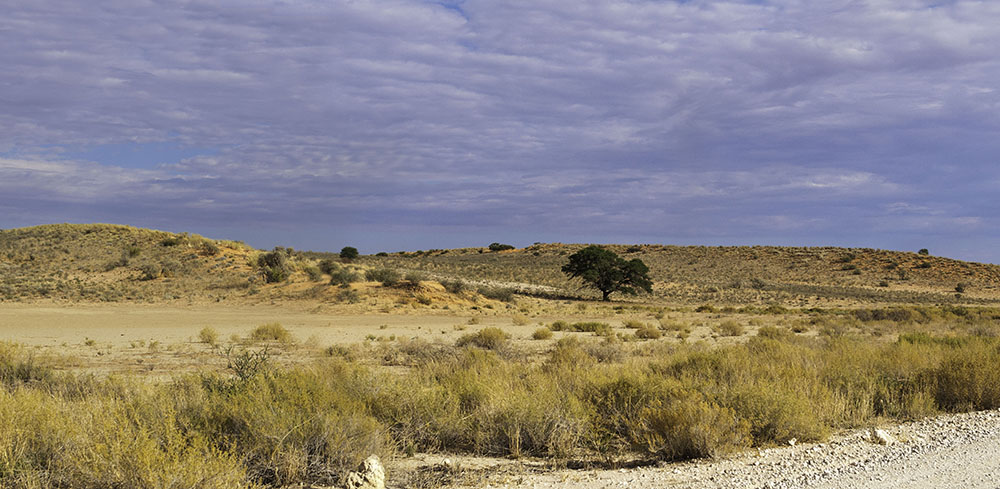

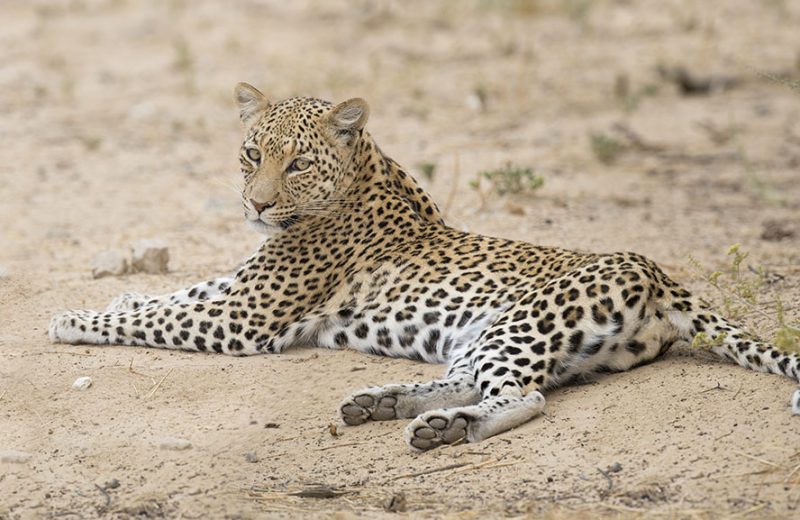
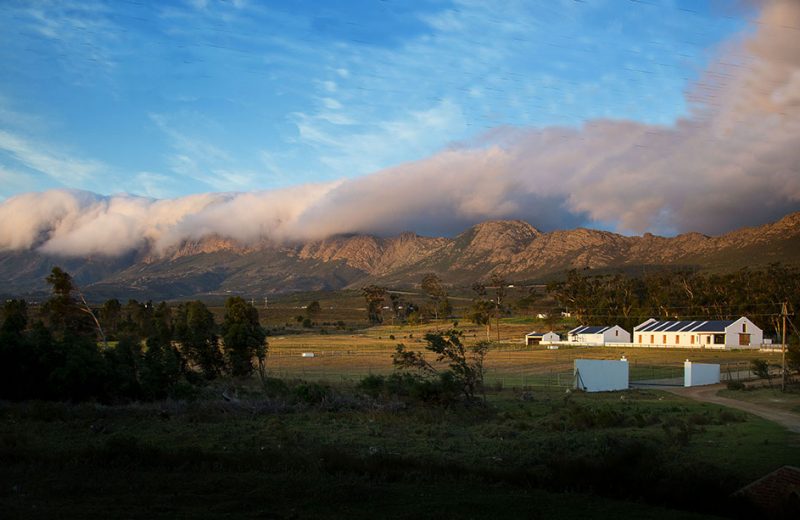
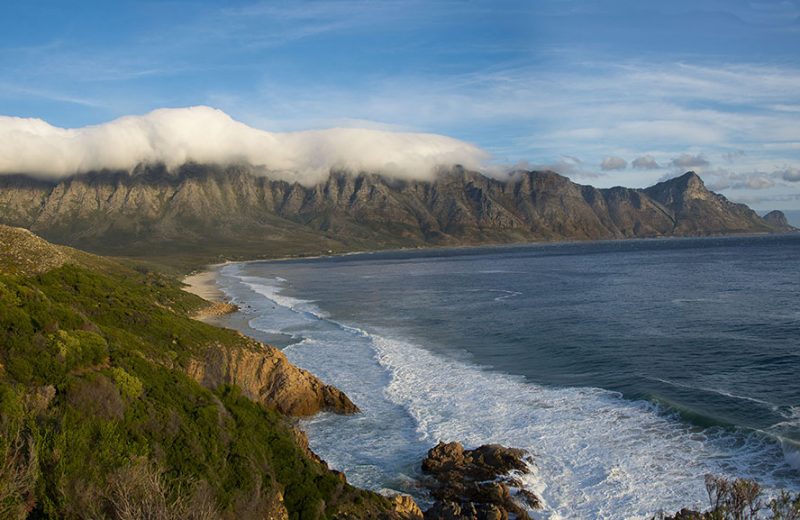
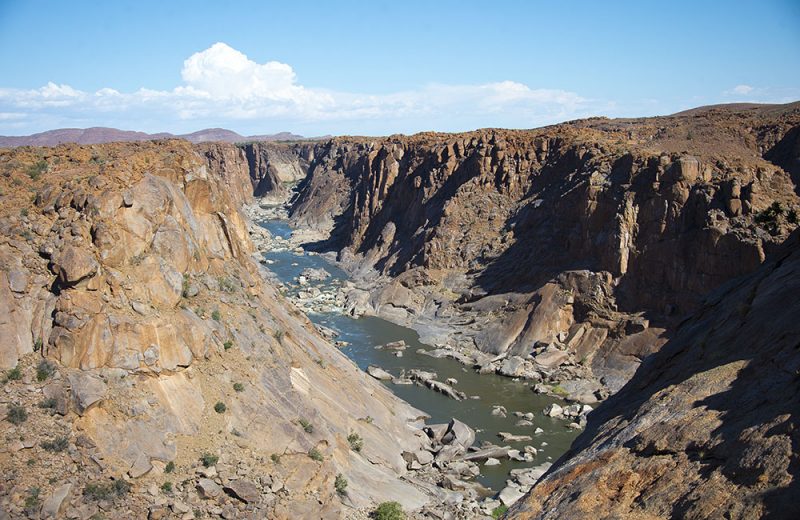
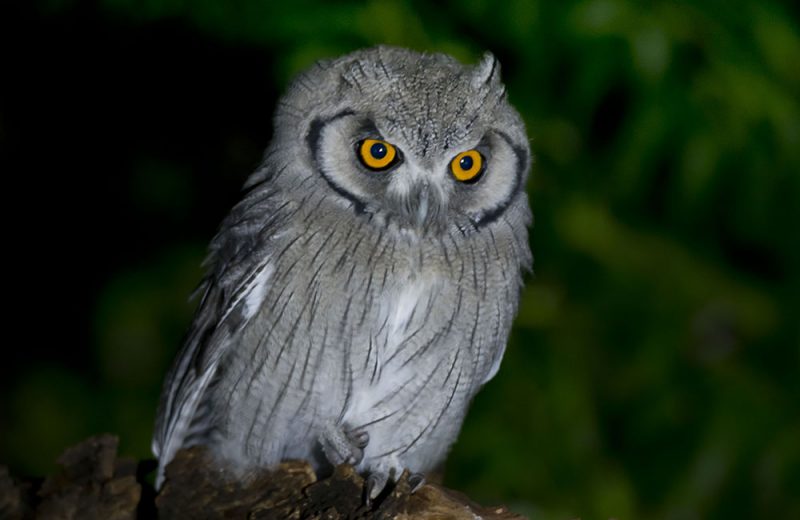
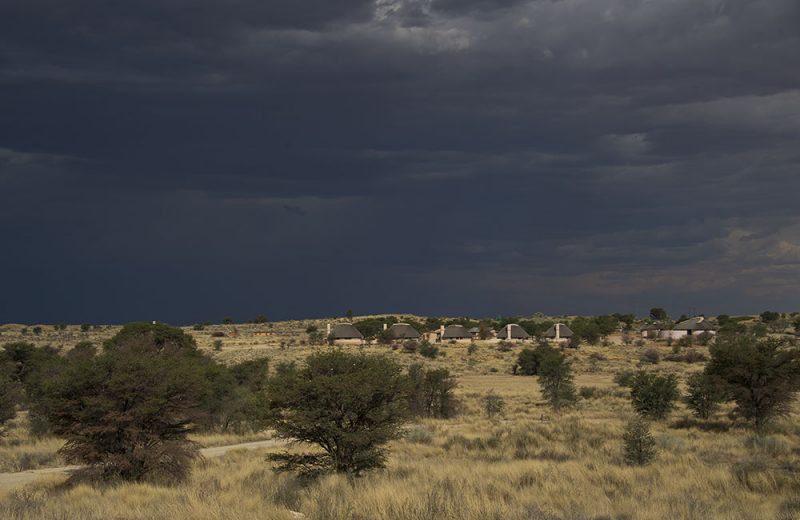
2 Comments
Dave McGaw December 28, 2021 at 11:31 am
Lovely to see your pics once more, such a wonderful part of SA. Wishing you all the best for 2022 . Cheers Dave
Richard Grant December 28, 2021 at 3:55 pm
Thanks Dave. Yes, so enjoy ever interesting Kgalagadi. My best wishes to you too and may we meet soon – in the Park preferably.